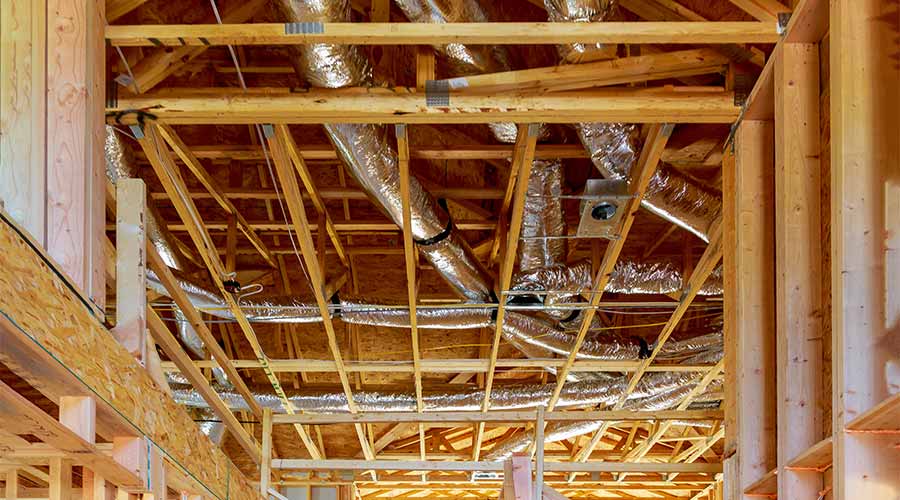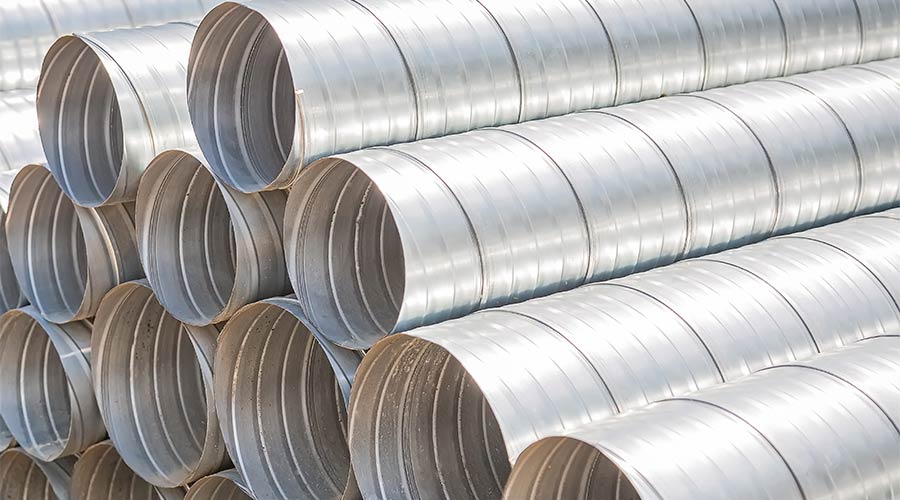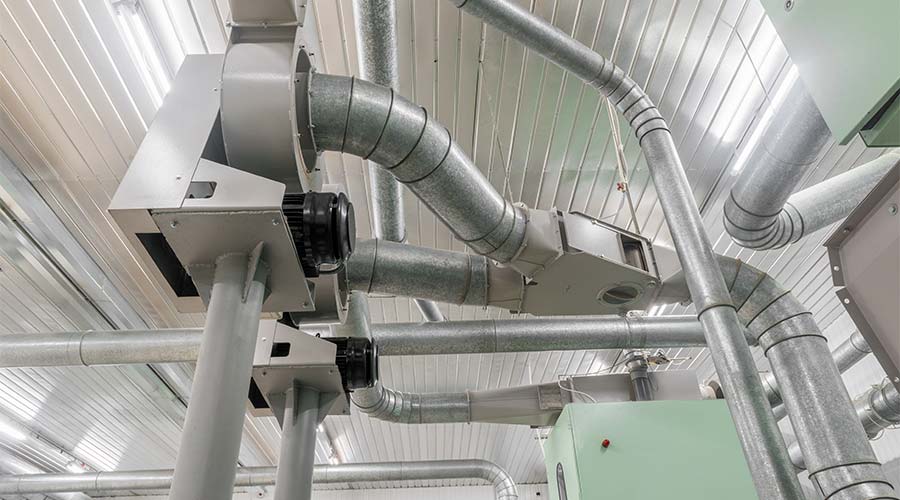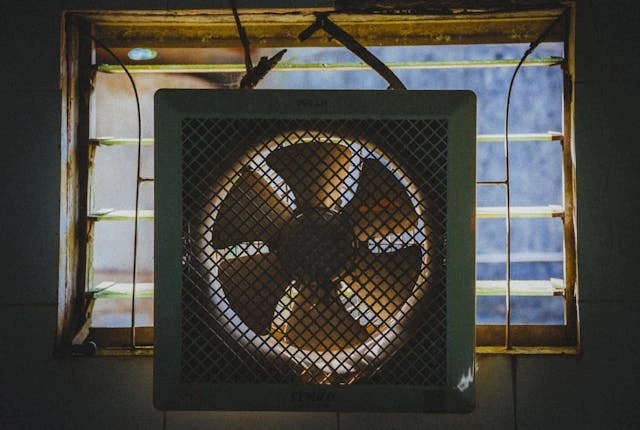Explore Various Ductwork Options for Your Property
The ductwork in your property plays a vital role in the efficiency of your heating and cooling systems. There are several types of ductwork to choose from.
It’s beneficial to understand your options before installing new ducts or repairing existing ones.
Every commercial building features a complex HVAC system with an intricate duct network. Unfortunately, duct systems in both residential and commercial properties are often overlooked. Read on to learn more about what you need to know regarding your duct system.
Getting To Know More About Multiple Types of Ductwork
Almost every commercial building is equipped with an HVAC system (heating, ventilation, and air conditioning) featuring a complex duct network. These ducts serve as channels that carry cooled air from the air conditioning unit throughout the building. Duct systems vary in shape and size, accommodating both central air conditioning and heating.
Owning a home or business comes with numerous responsibilities. We understand that managing your building’s duct system may not be a top priority for you, and that’s perfectly okay! That’s why we’ve created this blog to offer you useful insights.
There are three types of ductwork to consider:
1. Flexible Ductwork

These ducts are typically tubular and made from a conductive wire encased in flexible plastic, with an insulating layer around it. Flexible ducting is particularly suitable for tight spaces where rigid ducts cannot be installed or where rigid ducts need to connect to non-flexible ductwork at a ventilation terminal.
Like other components of central air-conditioning systems, flexible duct systems have specific installation requirements. For instance, flexible ducting must be properly secured and supported to prevent sagging or shifting.
Avoiding bends, twists, and loops is crucial, as they can obstruct airflow and reduce the efficiency of the air conditioning system.
One of the benefits of flexible ducts is that they are relatively easy to install and typically more cost-effective than rigid ducting.
2. Rigid Ductwork

Rigid ductwork comes in square, rectangular, conical, or cylindrical shapes and is available in various materials and sizes. These ducts are usually insulated, making them a popular choice due to their strength, durability, and reliability.
There are three main types of rigid ductwork:
i. Sheet Metal Ductwork
Galvanized steel and aluminum are the most commonly used materials for sheet metal ducts. Aluminum is lightweight and easy to handle. Because these materials have non-porous, solid surfaces, they are also less likely to harbor harmful molds or deformities.
ii. Fiberglass Lined ductwork
Fiberglass-lined ducts resemble sheet metal ducts but feature an interior fiberglass lining. This design helps to dampen the noise from the air conditioning unit, making it more common in commercial and industrial settings.
However, the fiberglass in these ducts can be fragile, potentially releasing particles into the air, which poses a significant health risk with prolonged exposure.
Additionally, cleaning fiberglass-lined ducts can be challenging, as the cleaning process may damage the liners and release fibers. Rust and microorganisms can also lead to contamination within the ductwork.
iii. Fiberboard ductwork
Fiberglass strands in fiberglass ductwork are combined with resin and covered with a laminated foil layer to enhance humidity resistance. Because they provide effective insulation, fiberboard ducts are well-suited for HVAC systems.
However, we do not recommend them for ventilation purposes. Like fiberglass-lined ducts, they can become breeding grounds for mold and bacteria in humid environments.
Additionally, their rough edges can impede airflow and decrease overall efficiency.
3. Semi Rigid Ductwork

Semi-rigid ducting is an excellent choice for ventilation due to its numerous benefits. Its high-quality, non-leak design ensures optimal performance for the ventilation system.
Additionally, premium semi-rigid duct systems offer enhanced flexibility. Some models allow installers to easily switch between round and elliptical ducting without affecting the system's hydrostatic pressure or overall performance. Many semi-rigid duct systems also come with anti-bacterial or fungal linings, which simplify maintenance.
Conclusion
No matter what type of ductwork you choose, it should effectively deliver the right amount of heated or cooled air.
To enhance air circulation and prevent outside air from infiltrating your space, it's essential to ensure that the ducts are properly sealed.
Regular cleaning of your ducts can significantly improve indoor air quality by removing pollutants from the air you breathe.
By maintaining clean air ducts, you can achieve more efficient heating and cooling. If you want the job done correctly, we recommend reaching out to our professional duct cleaning service providers.
A thorough cleaning of your duct system will lead to improved cooling efficiency and better overall airflow.


